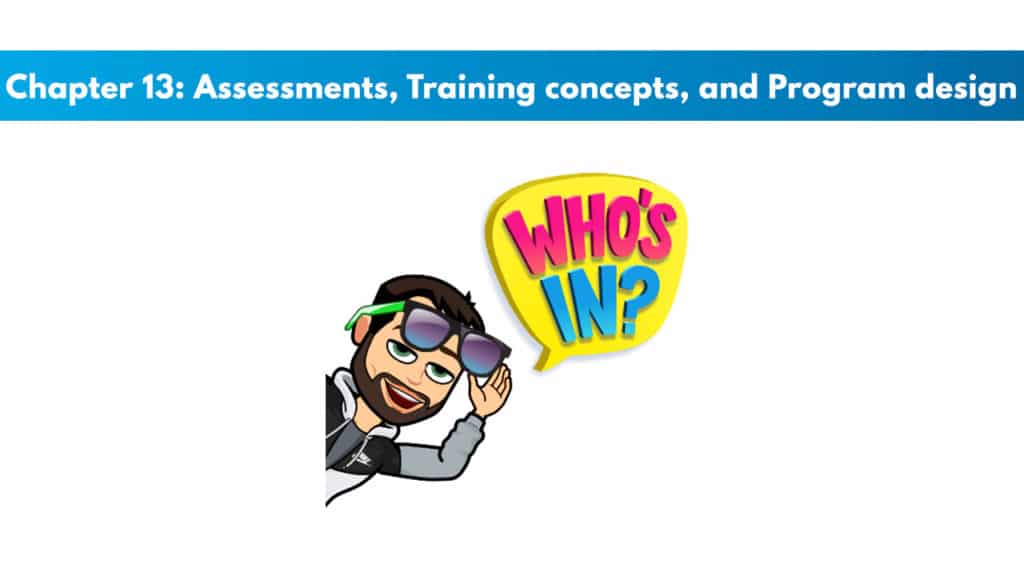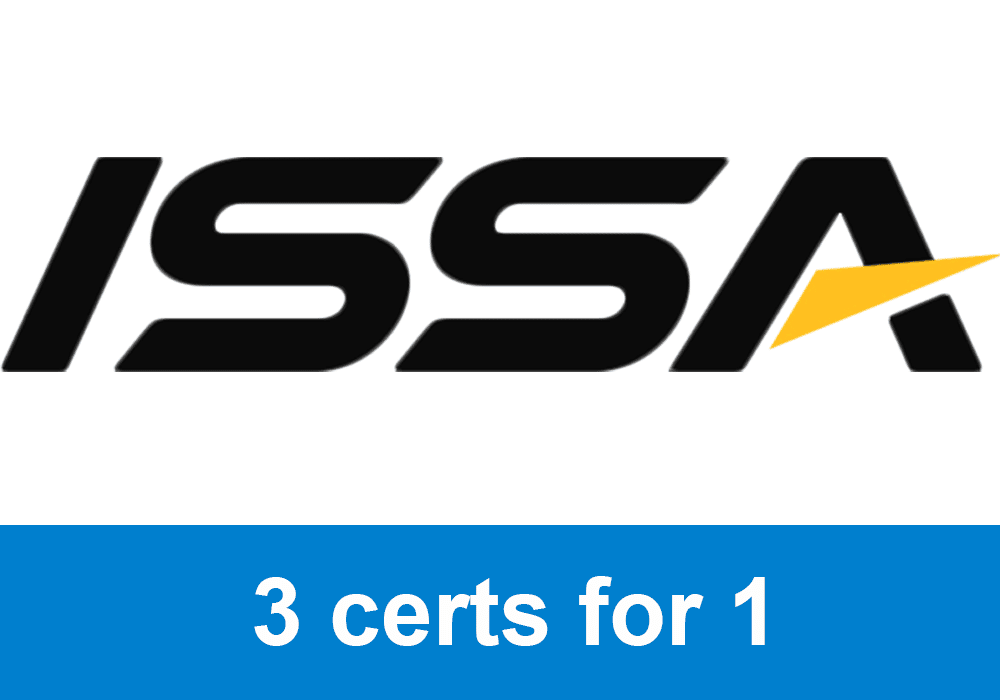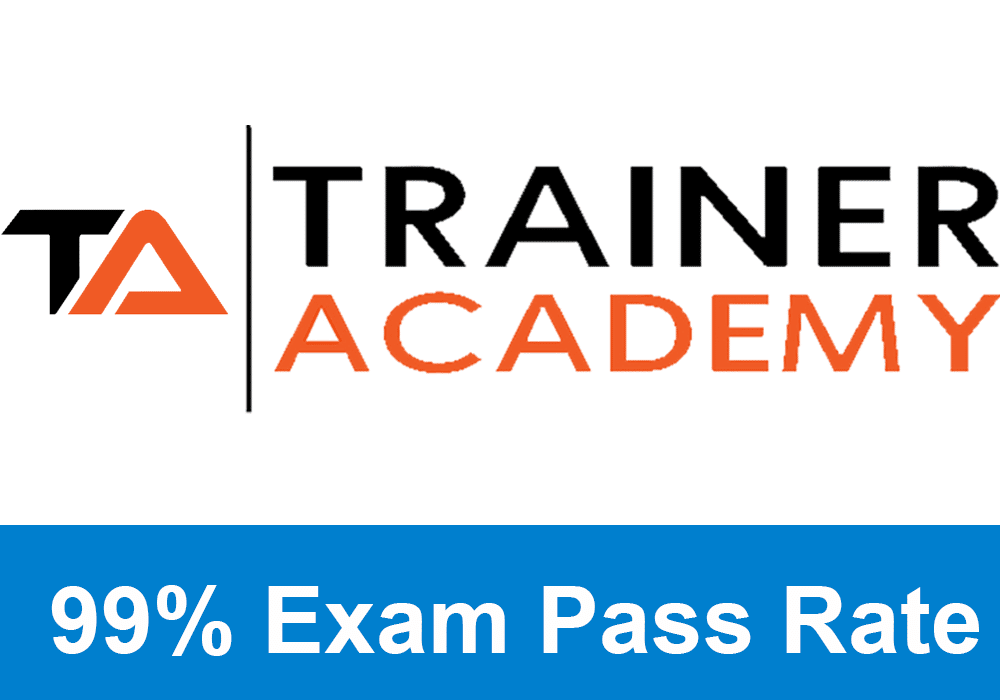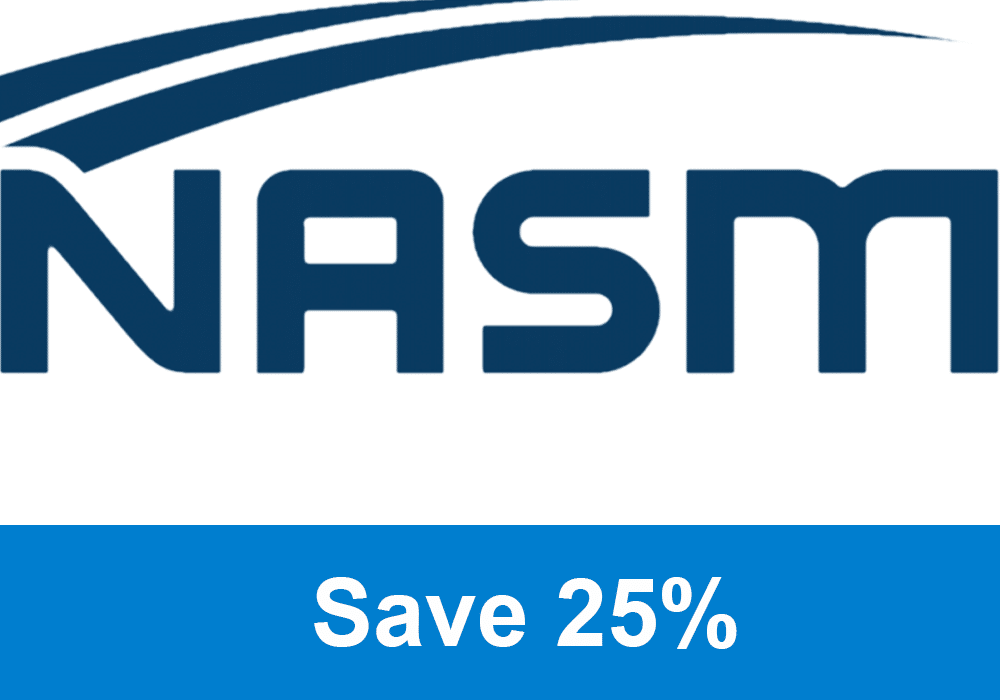
If you have not signed up for NASM CPT, sign up here to save 25% with my personal code PTP25.
Get your copy of the NASM CPT exam cheat sheet. It helps immensely in studying for the exam.
My PTP students report cutting their NASM study time and effort in half with Trainer Academy.
Benefit from the Exam Pass Guarantee and Retake Fee Guarantee. Plus, take advantage of my current discount code PTPJULY for 35% off the MVP Program (Ends July 21st, 2025).
Try it out for free here to see if it’s right for you, or read my detailed review for further insights.
Chapter 13 NASM study guide
Important definitions to know
Single set: This is one single set for every exercise.
Multiple sets: This is doing more than one set for every exercise.
Pyramid set: When you decrease the number of repetitions as you increase the weight that you perform. Also, when you increase the repetitions and decrease the weight.
Superset: When a set is performed immediately following another set.
Drop set: When you decrease the weight after failing to continue performing repetitions.
Circuit training: Multiple sets in succession with little or no pause between them.
Exclusive PTP CPT Offers |
||
|---|---|---|
Most Popular Cert | Best Online NCCA Cert | Best Study Materials |
Gold Standard Cert | A Good Option | Best CPT for you?  |
Peripheral heart action: This is when you alternate between lower body exercises and upper body in a circuit-style fashion.
Split routine: Where you focus on one muscle group on certain days. Bodybuilding style routine.
Vertical loading: When you do one set, move on to another but then return to the first exercise.
Horizontal loading: When you complete all your sets for one exercise before changing to another.
The peripheral heart action system
You need to know the difference between the exercises one will include for a PHA circuit for the different phases of the OPT model. You should notice that the PHA for the stabilization phase only includes stabilization exercises. This is the same for the power as well as the strength phase.
General adaptation syndrome (how the body reacts to stress)
Phase number one: the alarm stage
This is the first reaction to a stressor. It activates multiple psychological and physiological protective processes within the body. Your body is forced to adapt when starting a resistance training program. It increases the amount of force on muscles, bones, joints, the nervous system, and connective tissues. In the alarm phase, physiological responses occur. This includes increased oxygen, blood supply, and neural recruitment to working muscles.
Phase number two: the resistance stage
In this phase, your body can increase its functional capacity to adjust to the stressor. Here, the body increases its ability to efficiently distribute oxygen and blood to specific body parts and more efficiently recruit muscle fibers. Once this adaptation has happened, the body needs even more increased overload and stress to produce a new response or an even higher fitness level.
Phase number three: the exhaustion stage
Prolonged stress can lead to distress and exhaustion. This happens when a stressor is too much for the physiological systems to handle. This will result in injury and breakdowns, such as muscle strains, joint pain, stress fractures, and emotional fatigue.
Mental and physical benefits from resistance training
- It will help to improve muscle tone and strength.
- Helps in protecting the joints from injury.
- Helps to improve one’s muscle/fat ratio.
- Helps to improve one’s stamina.
- Helps control chronic diseases such as depression, obesity, back pain, heart disease, arthritis, and diabetes.
- Helps with pain management.
- Improved balance and mobility.
- Reduces one’s risk of injury.
- Helps to increase bone density which reduces one’s risk of osteoporosis.
- Helps with a better sense of well-being and self-confidence and can improve one’s mood.
- Helps with insomnia.
- Helps with performance enhancement.
Resistance training adaptations
- Stabilization promotes balance adaptation, muscular endurance, and improved joint stability.
- Muscular endurance promotes core endurance, decreased body fat, and joint/core stabilization mechanisms.
- Muscular hypertrophy promotes muscular growth.
- Strength promotes the ability to overcome outside forces easier. The nervous system learns to recruit more muscle fibers at a single time.
- Power promotes the ability to produce force in the shortest period of time possible. Helps with all sports.
If you want additional study materials, check out the team over at Trainer Academy. They have incredible study materials for NASM And I have a special limited-time discount for my readers. I also suggest you check out my review on Trainer Academy here.

 Have a question?
Have a question? 



thanks so much!
Hi Yasmin, you are welcome; enjoy the study materials and review the content. I am happy to help the community.
Is there any difference between the study materials from Trainer Acadamy in your Free NASM section and the one I saw on your ‘99% NASM Exam Pass Rate! Find out how’ section?
Hey David,
Yes there are differences between the two study materials for sure. In fact I am stopping selling my study materials and I am just promoting trainer Academy. They have a whole team of people working on their study materials where with me it was just me myself and I haha. I still produced great study materials, but I have to give them the edge for sure.